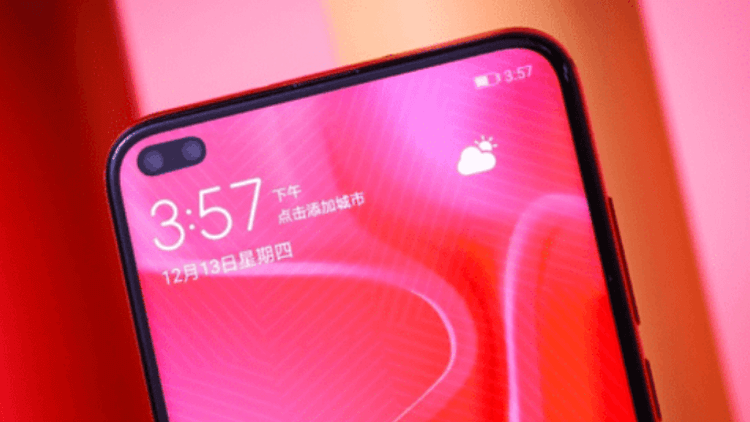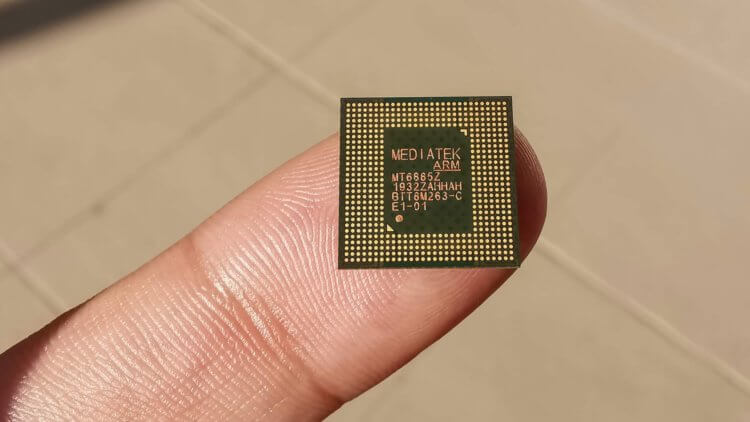Still, it seems, 10 years ago, when I was just choosing my first smartphone on Android, I already heard about benchmarks. They were used by all those few YouTubers who published reviews on their channels, measuring the performance of the monitored devices with their help. As a result, I got the opinion that running a smartphone in a benchmark before buying is as obligatory as wrinkling its body in order to reveal all the backlashes, and – it's not clear why – to check the display at extreme viewing angles. How wrong I was.

All benchmarks are complete slag. Don't use them
How processors differ
Let's start with the fact that running a smartphone in a benchmark is completely pointless due to the predictability of the modern processor industry. Мало того, что основным поставщиком чипов сегодня является Qualcomm, чьи Snapdragon’ы занимают большую часть рынка и стоят в 8 из 10 флагманских смартфонов на Android, так ещё и все остальные производители развивают свои 'камни' по примерно схожему scenario. Because of this, both the clock frequency, and the technical process, and the number of cores they have is either identical, or very, very close to each other.

All processors are almost the same, as is their performance
And everything would be fine if there was at least some sense in performance today. However, today, in practice, it is rather difficult to distinguish a flagship smartphone with the top-end chip from an average device with the same average hardware. The difference is felt only in the functionality of the devices, for example, when taking photos or videos, saving energy, etc. And since the benchmark cannot test either portrait mode, or zoom, or the quality of brightening night shots, then I see no point in them.
How to cheat when buying a smartphone

Huawei does not hesitate to say that he specially adapts his smartphones for benchmarks
But there are also manufacturers who optimize their hardware or software in a special way for all popular benchmarks. As a result, their branded smartphones perform far better than competing devices in performance tests. Some of them are hiding it, and some – for example, Huawei – proudly admit it and say that they do it on purpose, because this is all users need.
As a result, it becomes not very clear what exactly we are testing in the benchmark: the real performance of the processor or the peculiarities of the intricacies of smartphone software, which the developers have optimized in a special way to produce the highest possible numbers. What is the point of this, I personally do not really understand. Indeed, in fact, in this case, the manufacturer deceives me for my own money, forcing him to consider his product better than it really is.
Overclock the processor by Android

Processors MediaTek put your devices at risk
The third reason actually follows logically from the second, but because of its specificity, I want to say it separately. Few people know that MediaTek, unlike other liar manufacturers, does not optimize software, but literally equips its processors with a special turbo mode. In essence, it resembles the Turbo Boost mode in processors Intel, allowing you to overclock the processor for a short time to higher performance indicators than under normal conditions. The only difference from Turbo Boost is that the turbo mode MediaTek is only enabled in benchmarks, which causes the user to see higher numbers than they might actually be.
But such overclocking can be really dangerous both for the processor itself and for the device that it provides. The fact is that overclocking leads to increased heat dissipation of the processor, because of which it provokes heating of adjacent components, negatively affects the autonomy of the smartphone, because of which a 5-minute test eats off 10-15% of the charge, and provokes premature wear of the processor itself . In general, such overclocking only brings troubles. But on the other hand, the user can amuse his pride with large numbers, which, unfortunately, are no longer worth anything.
